Key Takeaways
- Ethernet ports can save laptop battery by using less power searching for WiFi networks.
- A wired Ethernet connection provides faster and higher-quality data transfers than WiFi, which is crucial for creative professionals.
- Ethernet speeds up large file transfers, enhances security, and ensures smooth video calls with low latency.
Fewer laptops have Ethernet ports these days, which, for someone like me, means I’m always buying and using a USB-C dongle or docking station whenever I get a new laptop. An Ethernet port is something I can’t live without. I find it necessary to upload and download large video files or photo collections with a wired internet connection when working with large video files.
I also appreciate the stability and security of a wired connection with an Ethernet port. Connecting to an Ethernet port can improve your experience if you’re working in a location where many devices are connected to the same network. Here are six reasons I can’t live without the Ethernet port on my laptop.
Related
How long will my laptop battery last?
If you play your cards right, you’ll replace your laptop before you need a new battery.
7 Power efficiency
Save your laptop’s battery while stationary
While the first thought regarding an Ethernet cable might be high-speed data transfers, they can also save your laptop’s battery life and potentially even result in a slightly cheaper electricity bill. Leaving Wi-Fi off and just opting for Ethernet on your laptop requires less power than constantly searching for and connecting to a wireless network. While there’s not a massive difference, it will give you more wireless time with your laptop’s battery overall than if you were stationary and connected to Wi-Fi.
Why not take advantage of my router’s full internet speed capabilities and potentially save some power on the side?
Generally speaking, if I’m working for a long period on my laptop, there’s a good chance I’m already at my desk, where I can easily connect to Ethernet and power. So why not take advantage of my router’s full internet speed capabilities and potentially save some power on the side?
6 Better quality data transfers
A must-have for creative professionals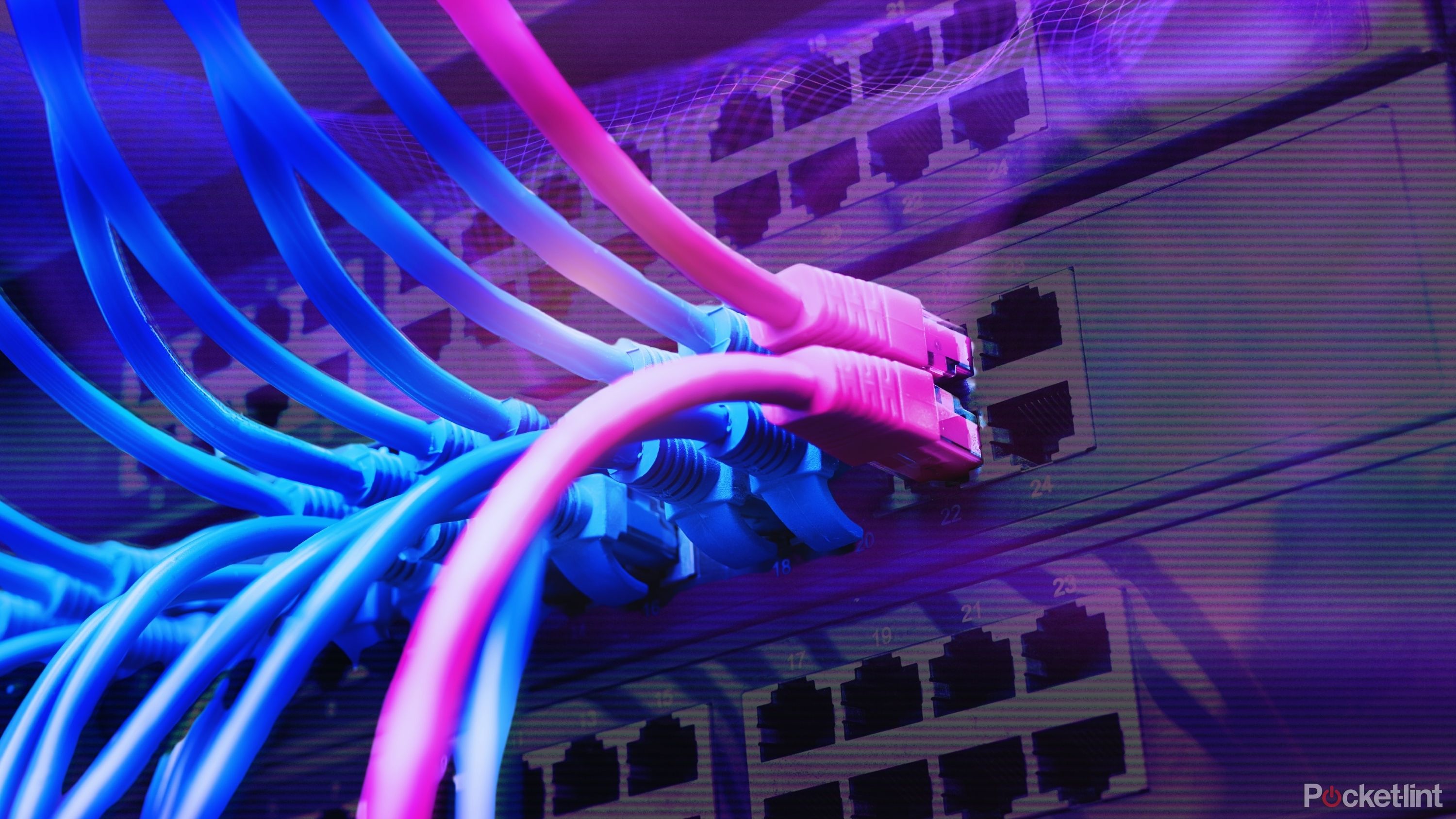
While Ethernet offers faster data transfer speeds, it also provides higher-quality data. Streaming something in 4K on your laptop is meaningless if you don’t have a stable connection to transfer data. Nothing breaks immersion more than when your 4K begins buffering or starts playing at a lower resolution due to the slowness of a wireless data transfer.
For example, when you upload or download a video file, the resolution is compressed during the transfer process. Having my laptop plugged into Ethernet helps this process go faster and ensures that everything downloaded or uploaded is in its intended quality. Keeping any device you plan on streaming or accessing media from plugged in with Ethernet provides the best content viewing experience, but of course, being connected to Wi-Fi doesn’t necessarily mean you will have a bad experience either.

Related
Asus ROG Phone 9 is launching soon, and gamers should be paying attention
The Asus ROG Phone 9 launches November 19th, and it’s powered by the new Snapdragon 8 Elite processor.
5 Save time with large data transfers
Download and upload files quickly
If you’re a creative professional working with large video files, plugging your laptop into your network via Ethernet can be a massive time saver. 4K and 8K video files are enormous, and uploading and downloading them over Wi-Fi can be an excruciating lengthy experience. Using the Ethernet port when downloading large file sets can save time in your workflow, enabling you to get more done without interruption.
Depending on your internet service provider (ISP), you can download movies over Ethernet at a theoretical speed of 1000/Mbps, compared to the average Wi-Fi speed of 400/Mpbs. This means you save double the time it takes to download and upload files on your Ethernet connection than with a Wi-Fi connection. However, your internet speeds are subject to your internet service provider and whatever plan you are paying for. Many providers offer 1Gbps, but these speeds are always theoretical estimations and are subject to varying factors.
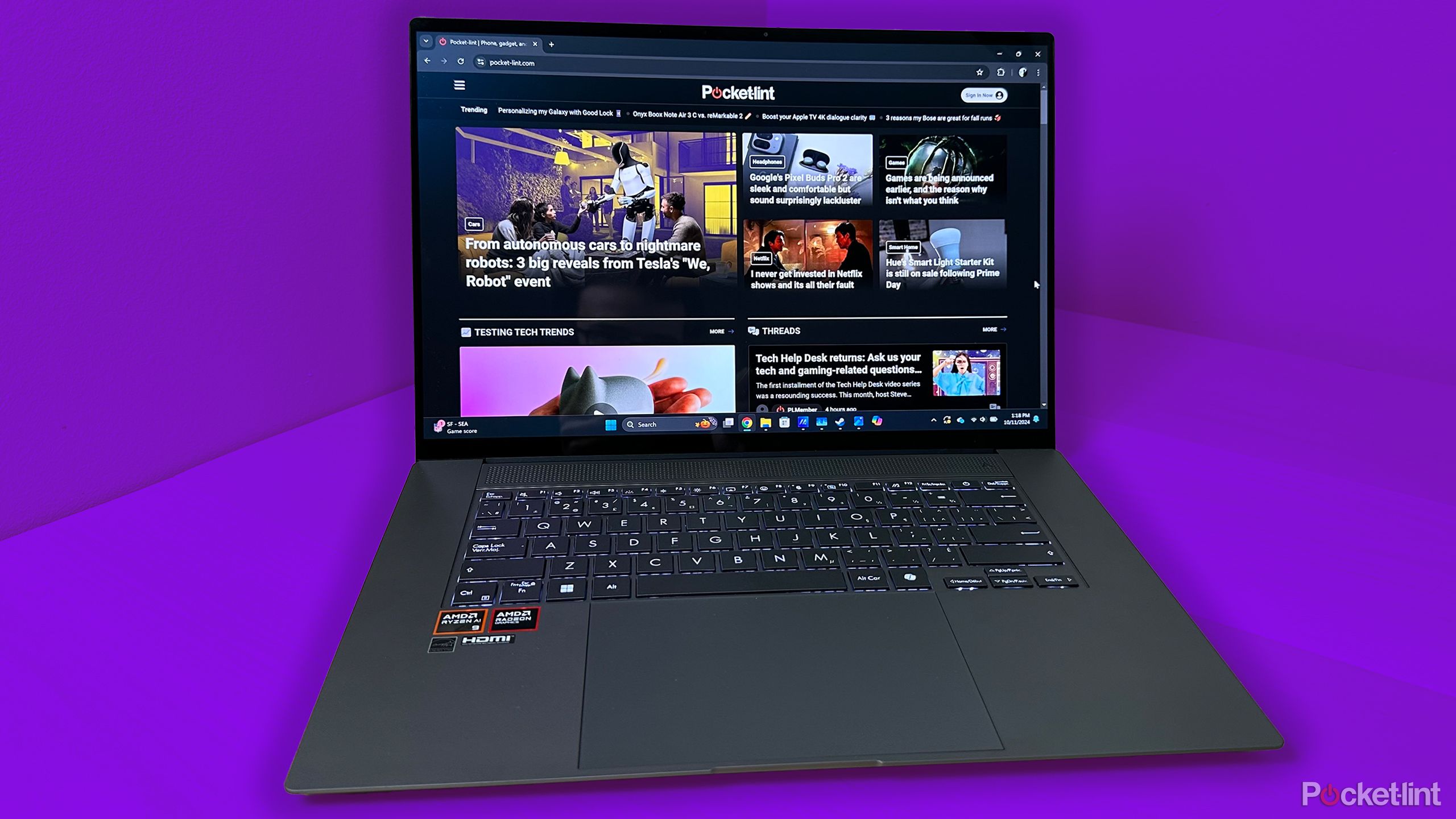
Related
Asus’ Zenbook S 16 makes me want to go back to using a Windows laptop
The Asus Zenbook S 16 is a portable powerhouse thanks to its beautiful screen and powerful AMD Ryzen AI processor.
4 Enhanced network security
A must-have for some work-from-home positions
Wi-Fi connections are more secure now thanks to the WPA3 wireless security protocol update, which released in 2018. However, nefarious actors can still see specific details about your Wi-Fi connection, namely its name, traffic, and signal strength. Wireless networks can also be easily identified, intercepted, or spoofed.
When using Ethernet, your network is as safe as your physical hardware. While attacks on wired internet connections can occur, a device would need to be physically plugged into your network (router). While you should practice your best internet safety tips when using Ethernet, you can rest assured knowing that your data is much more protected on Ethernet than when using a Wi-Fi connection.
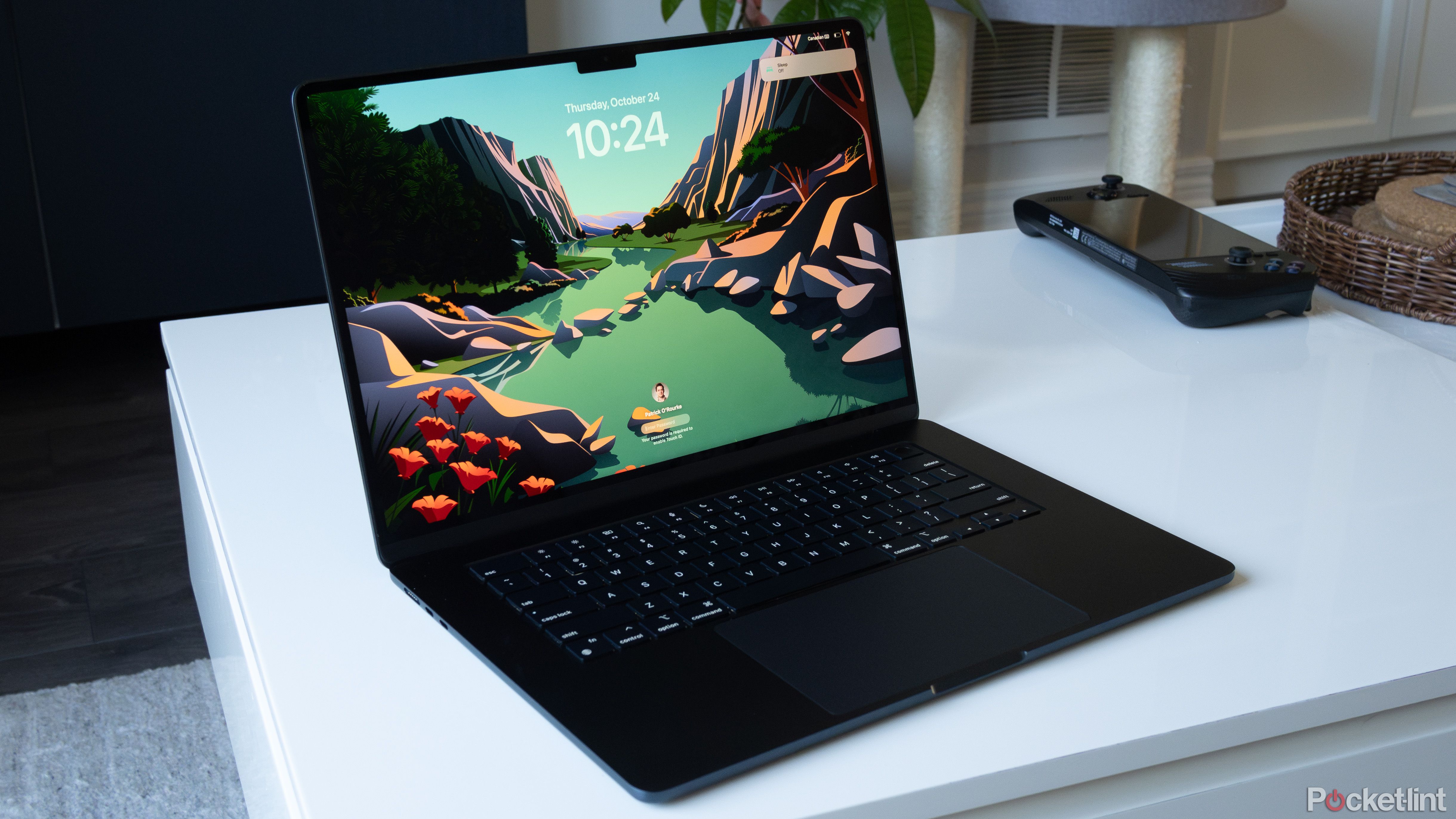
Related
Apple’s MacBook Air quietly gets a long overdue update
In an unexpected move, Apple has finally admitted that 8GB of RAM just isn’t enough.
3 When reliability is necessary
Wi-Fi connections drop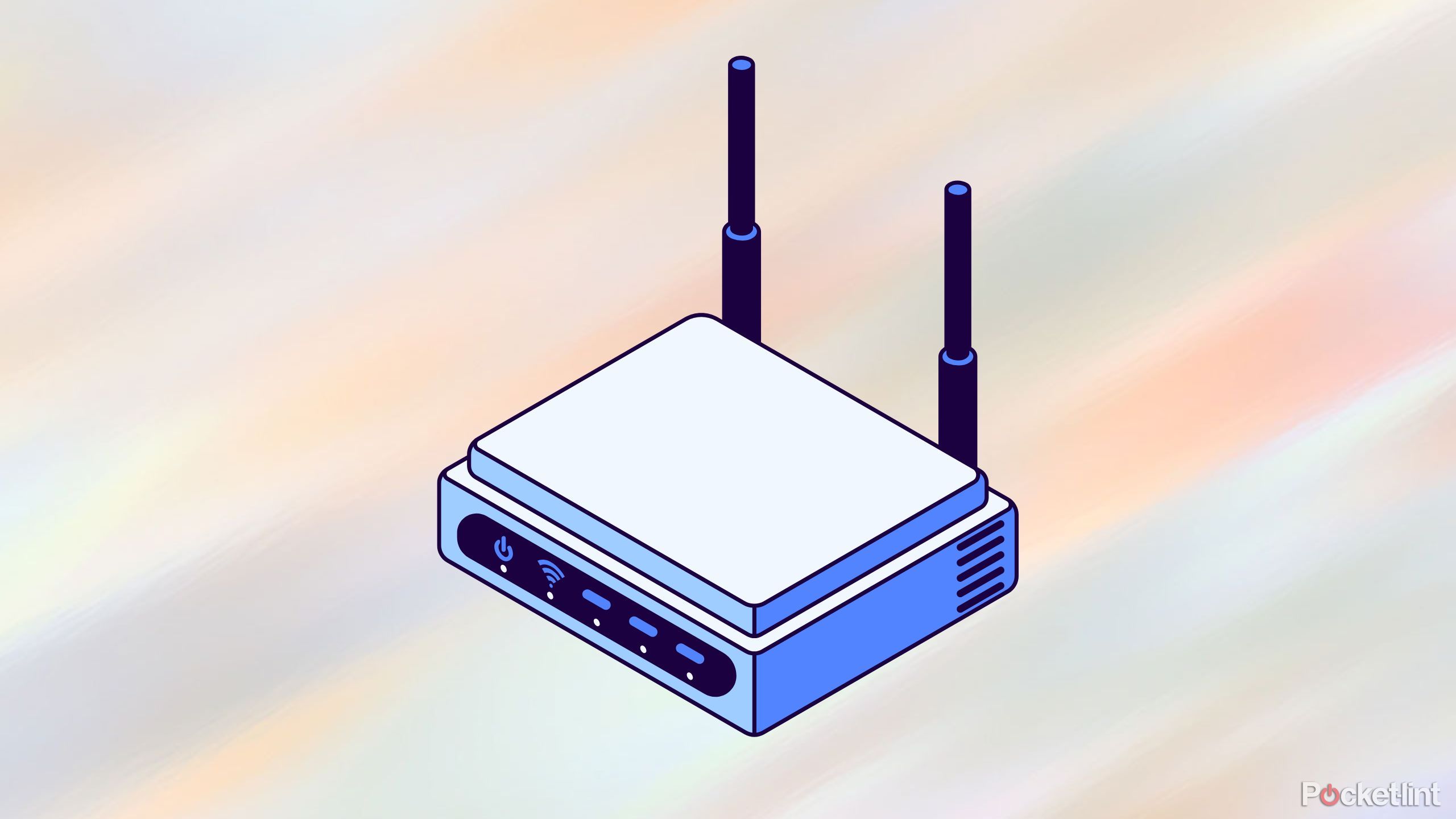
There’s no denying the convenience of Wi-Fi when it comes to moving around. However, no office is perfect for wireless connectivity, and rarely are people’s homes. Somewhere, there’s a blind spot. Wireless networks are also more frequently temperamental. There’s no worse feeling in today’s age than when the wireless goes out at work. Card readers go down, as do registers and laptops. Wireless networks also share their speed with all devices connected, which means the more devices that are connected to a single wireless network, the worse the quality is.
Being connected via Ethernet does require the trade-off of staying in one place for online access, but that compromise comes with a stable, consistent connection to the internet. With an Ethernet connection, my laptop doesn’t need to worry about network congestion, and there are rarely quality drops. For me, this makes it worth it to stay stationary with my laptop plugged into the Ethernet port, but I also don’t work in an environment where it’s necessary to move around a lot, so it’s easy for me to stay connected in one place for most of the day.
2
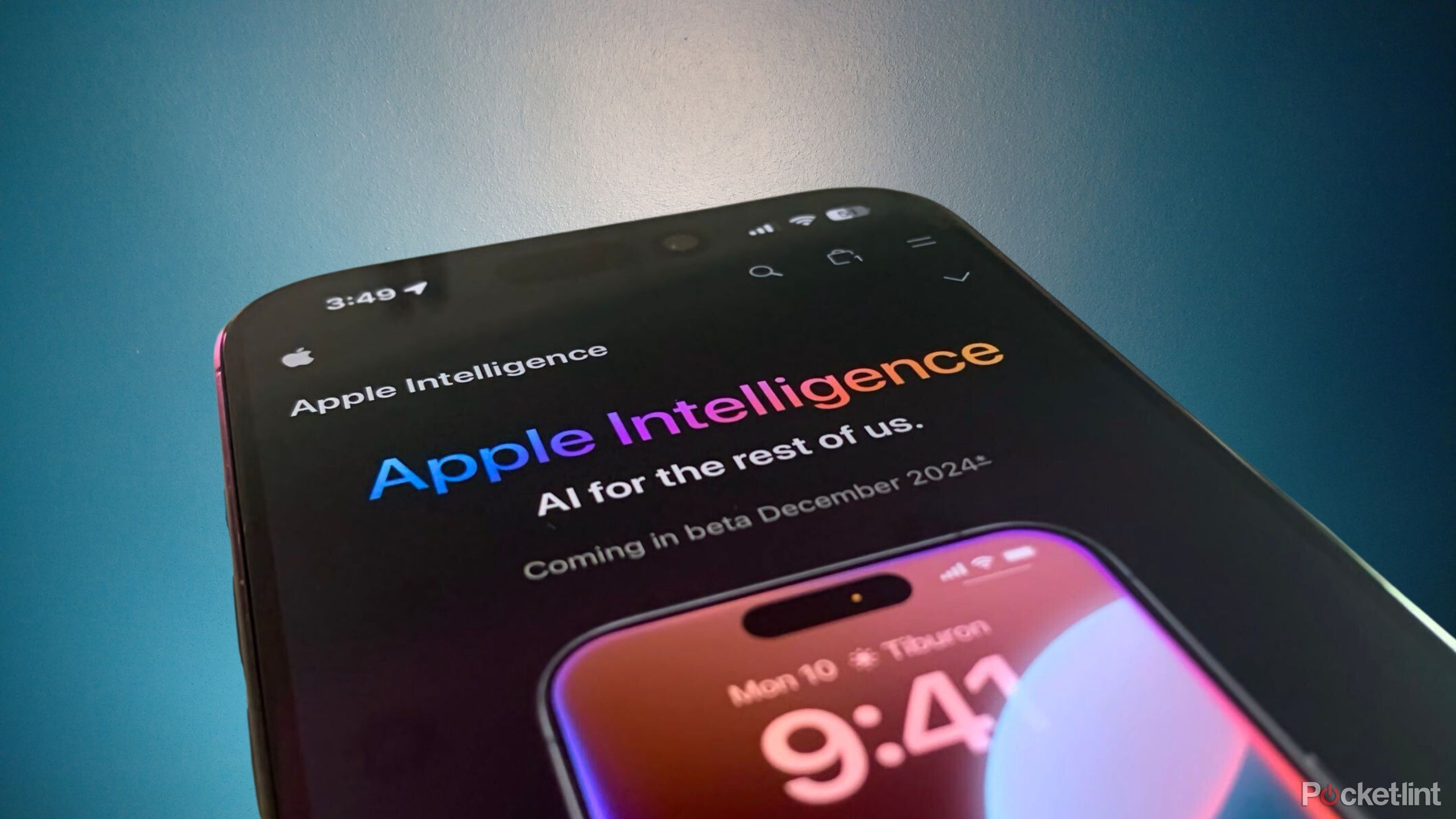
Related
These 5 iOS 18.2 features make me genuinely excited for Apple Intelligence
iOS 18.2 is expected to land in a few short weeks — here are the features that have me excited to update my iPhone on day one.
1 Lower latency and higher speed
Smoother video calls with Ethernet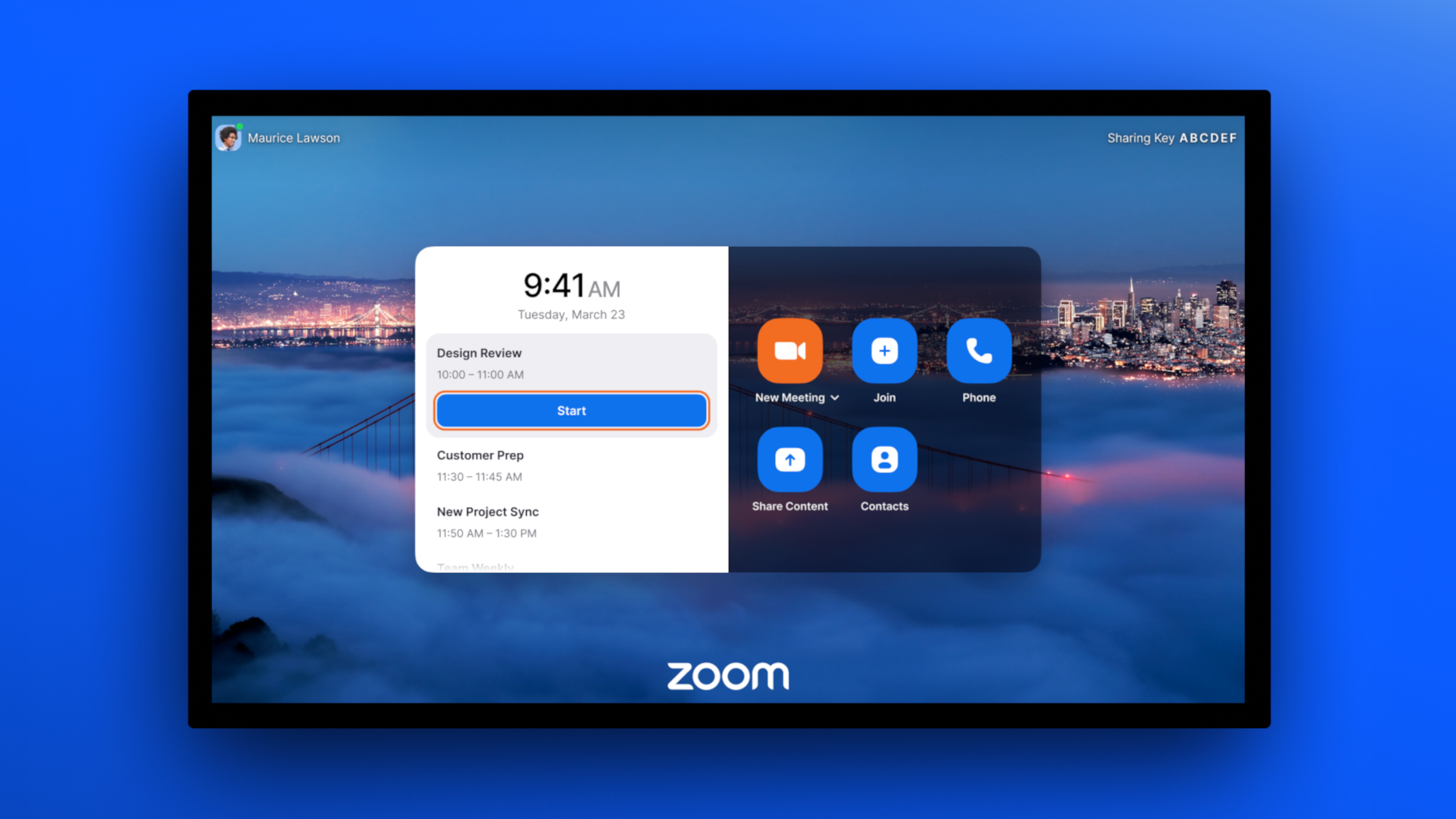
In nearly any situation, Ethernet is always faster than wireless. While the best Wi-Fi routers can provide an exceptionally fast experience close by, once you move too far, the speed quickly drops. A Gigabit speed Ethernet connection will reliably deliver about 100MB/s at up to 100 meters of distance. Keeping your laptop on Ethernet can also make it easy to access files from a NAS device where files and media sets are backed up locally.
What’s more, Ethernet delivers lower latency than wireless connections. Network signals travel significantly faster through physical cables than through the air. Even when wireless speeds are fast, you might experience a high ping time on your laptop, and that’s where Ethernet comes in. Lower latency translates to a lower ping time, and this can make videoconferencing smoother. It’s also great for anyone gaming on a laptop. Using an Ethernet conference when taking video calls on your laptop can also ensure you always look and sound your best in meetings.

Related
How I turned a forgotten phone into a fully functional NAS
Turning an old phone into a NAS isn’t as difficult as you might think.
Trending Products





